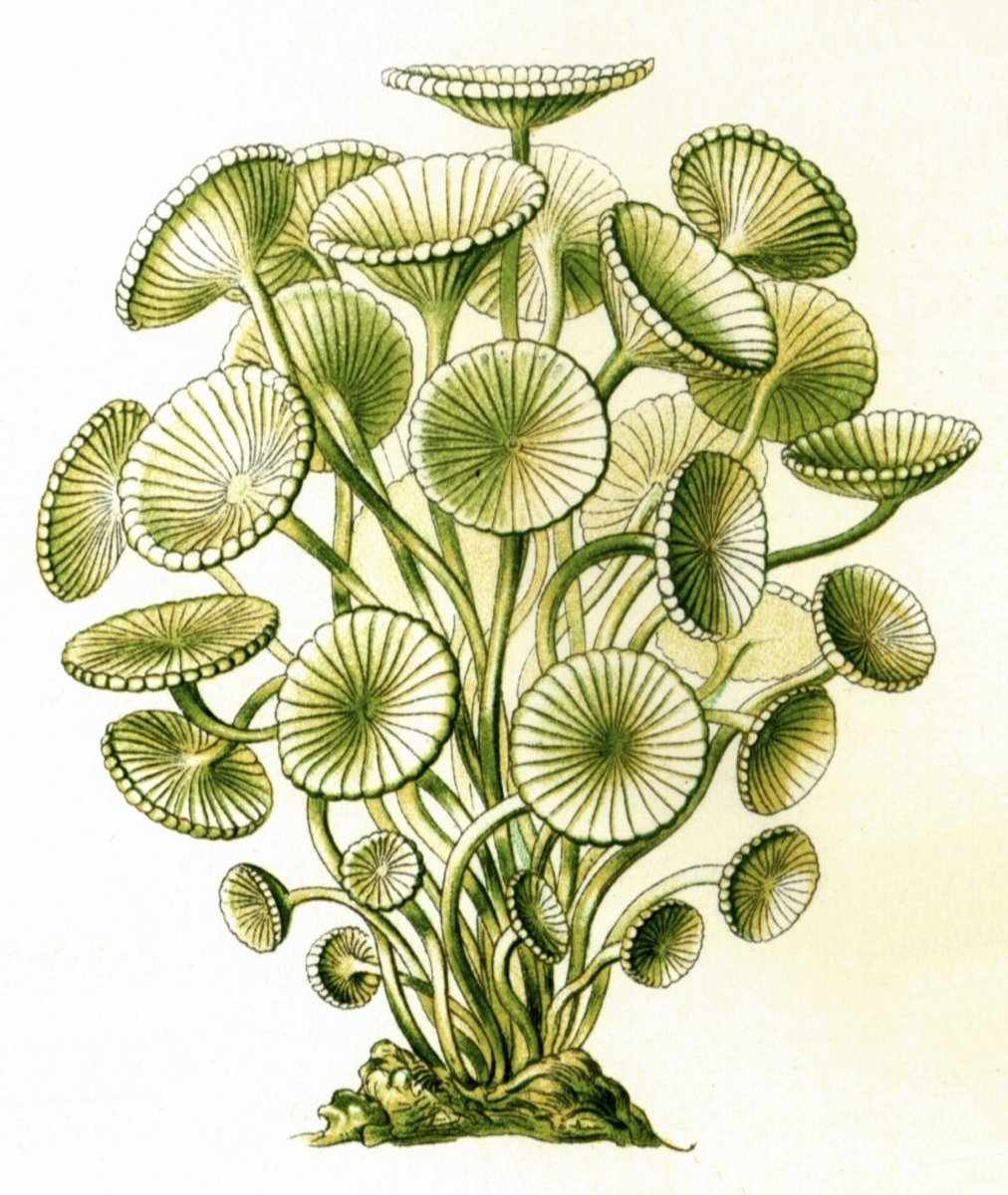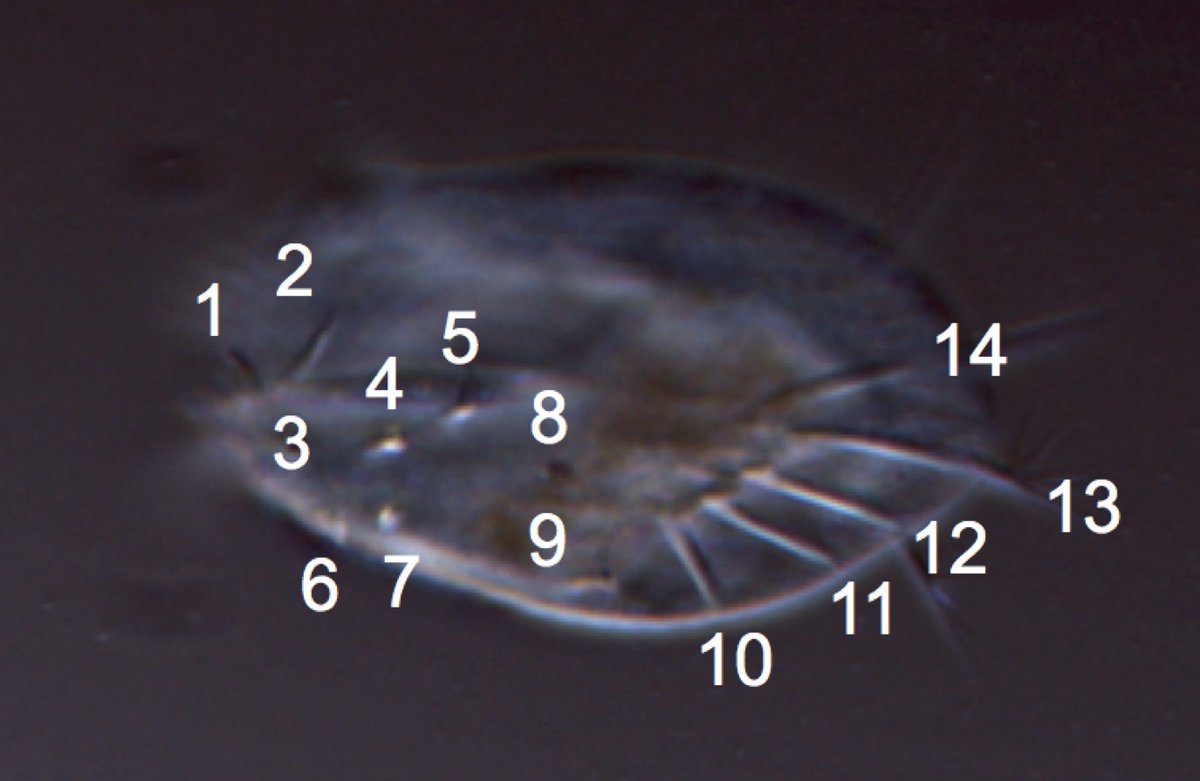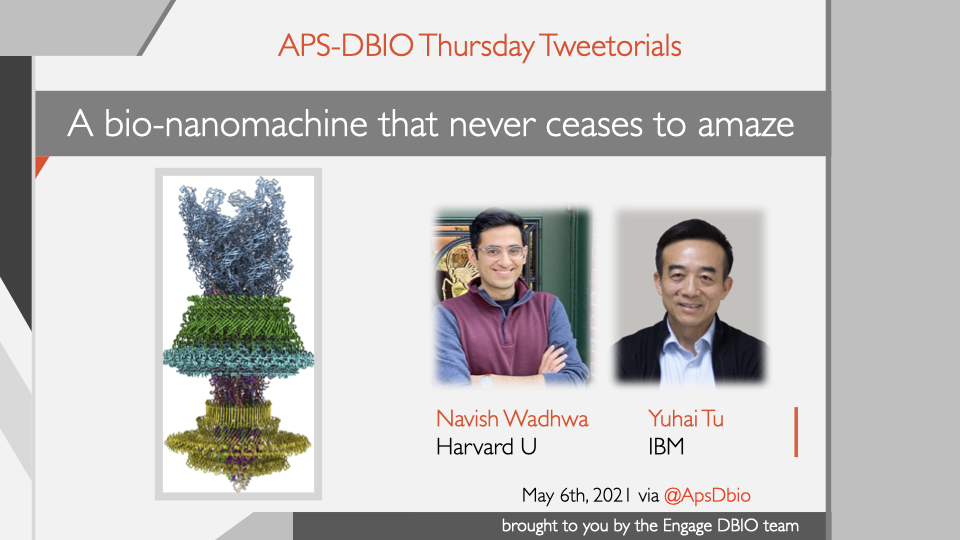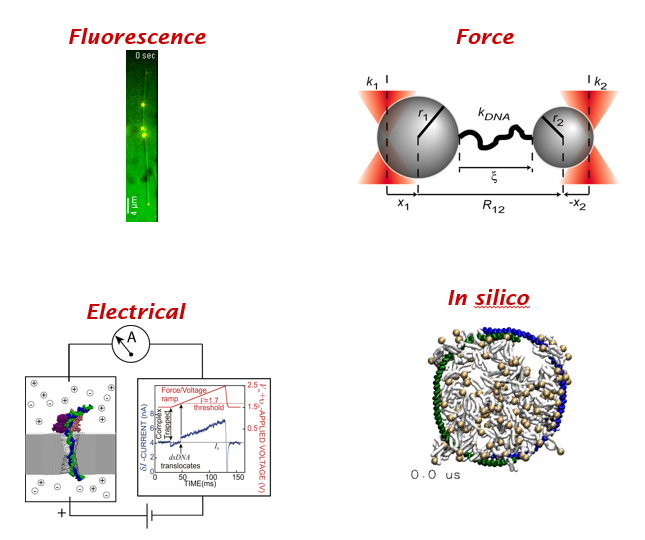
It's #DBIOtweetorial time! Your host is Saad Bhamla @BhamlaLab. Today we'll learn about 10 ultrafast movements in organisms - from single cells to multicellular beasts. We hope to get you thinking engg+bio+physics of extreme movements.
#EngageDBIO #UltrafastOrganisms.
#EngageDBIO #UltrafastOrganisms.

Contrary to common perception, cheetahs and falcons are not the fastest animals. Mantis shrimps for example can use a saddle-shaped spring to hammer at ~100,000 m/s^2. This is so blazing fast, it cavitates surrounding fluid. nature.com/articles/42881…
Trap jaw ants use their spring-loaded jaws to jump at faster acceleration of 10^6 m/s^2 in 0.06 ms. Faster than the blink of an eye or a bullet from a gun !! How to build robots at this scale and speed remains an open challenge. pnas.org/content/103/34…
Some animals can build their spring to launch like these slingshot spiders in the Amazon Rainforest to capture flying insects in mid-air, in pitch black night. How do they do sense prey and aim? Full thread here including comics. 

https://twitter.com/BhamlaLab/status/1295526023241572354?s=20sciencedirect.com/science/articl…


Single cells can exhibit ultrafast movements too. Here Spirostomum , a large (5mm!!) ciliate contracts in the blink of an eye. It uses ill-understood supramolecular assemblies triggered by Ca2+ for hydrodynamic communication. FT:
https://twitter.com/PrakashLab/status/1045208736841650176?s=20nature.com/articles/s4158…
The world record for fastest acceleration belongs to a single cells from jellyfish - nematocytes. If you've ever been stung by jellyfish on beach, you've experienced a 700ns ~50,410,000 m/s^2 (50 MILLION!) event. The bio-fluid-mechanics remain puzzling. cell.com/current-biolog… 

Plants can move fast too. Venus flytrap uses mechanical trigger hairs to increase cytosolic Ca2+ (to count) and a snap-buckling instability to release stored energy to capture prey. nature.com/articles/s4147… nature.com/articles/natur…
Other plants and fungi use explosive movements to disperse spores and seeds. These involve complex biomechanics, fluid dynamics and extraordinary energy storage/release mechanisms. Many open puzzles and discoveries to be made... journals.plos.org/plosone/articl… science.sciencemag.org/content/308/57…
Tiny insects like sharpshooters can also exploit ultrafast movements to disperse bodily fluids (pee). Their butt-flickers are tightly-tuned biological catapults. How they sense droplet size and why they do this is unknown.
Ultrafast extreme biomechanics is an emerging and exciting field at the nexus of bio/engg/robotics/physics. Shift from power amplification (limits of muscles) to now latch-mediated spring actuated framework (LaMSA). science.sciencemag.org/content/360/63… doi.org/10.1242/jeb.19… 



Signing off here, your #DBIOTweetorial host, Saad Bhamla @BhamlaLab. Please join in thanking the fantastic #EngageDBIO team for making these tweetorials possible! 

• • •
Missing some Tweet in this thread? You can try to
force a refresh




















